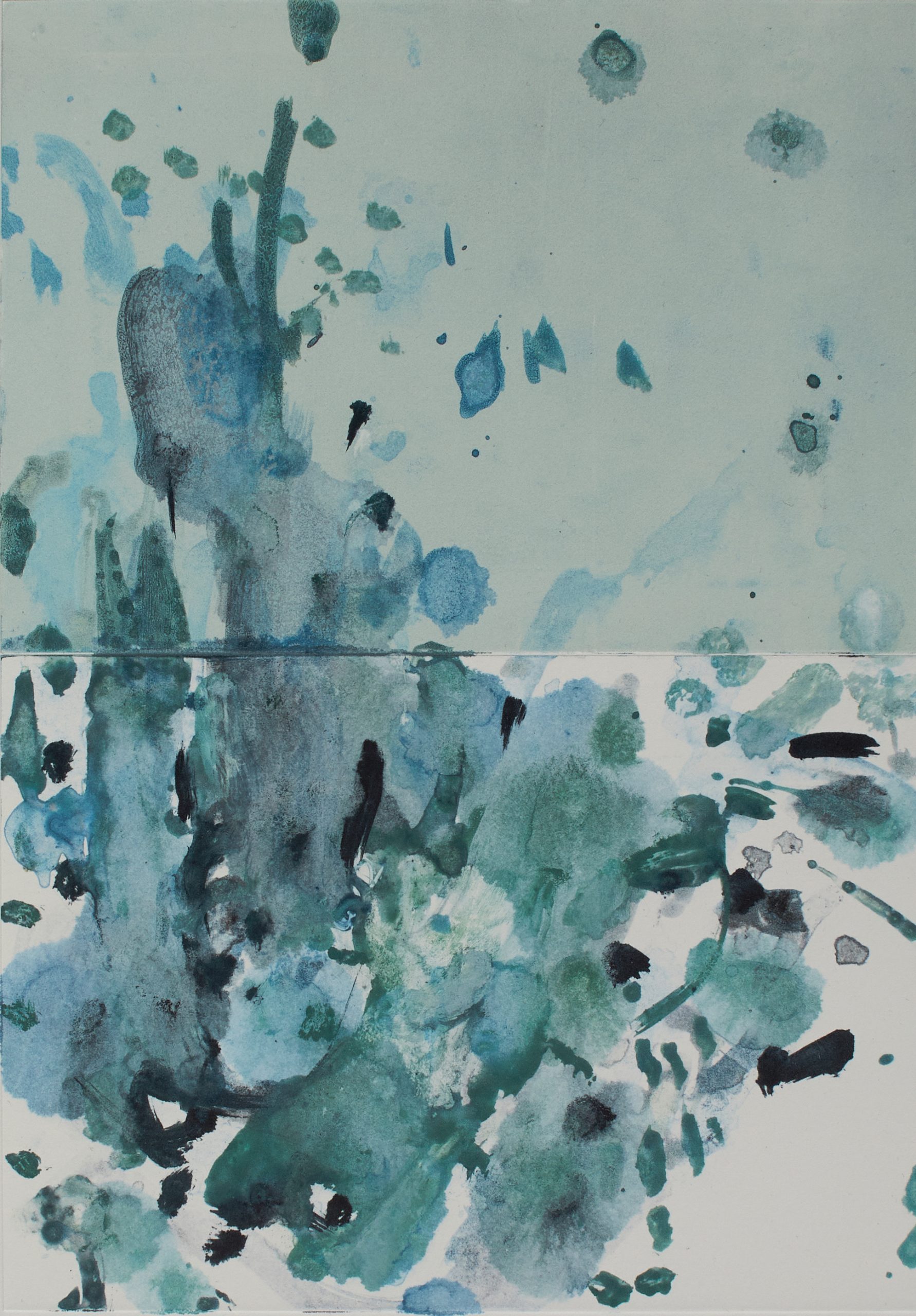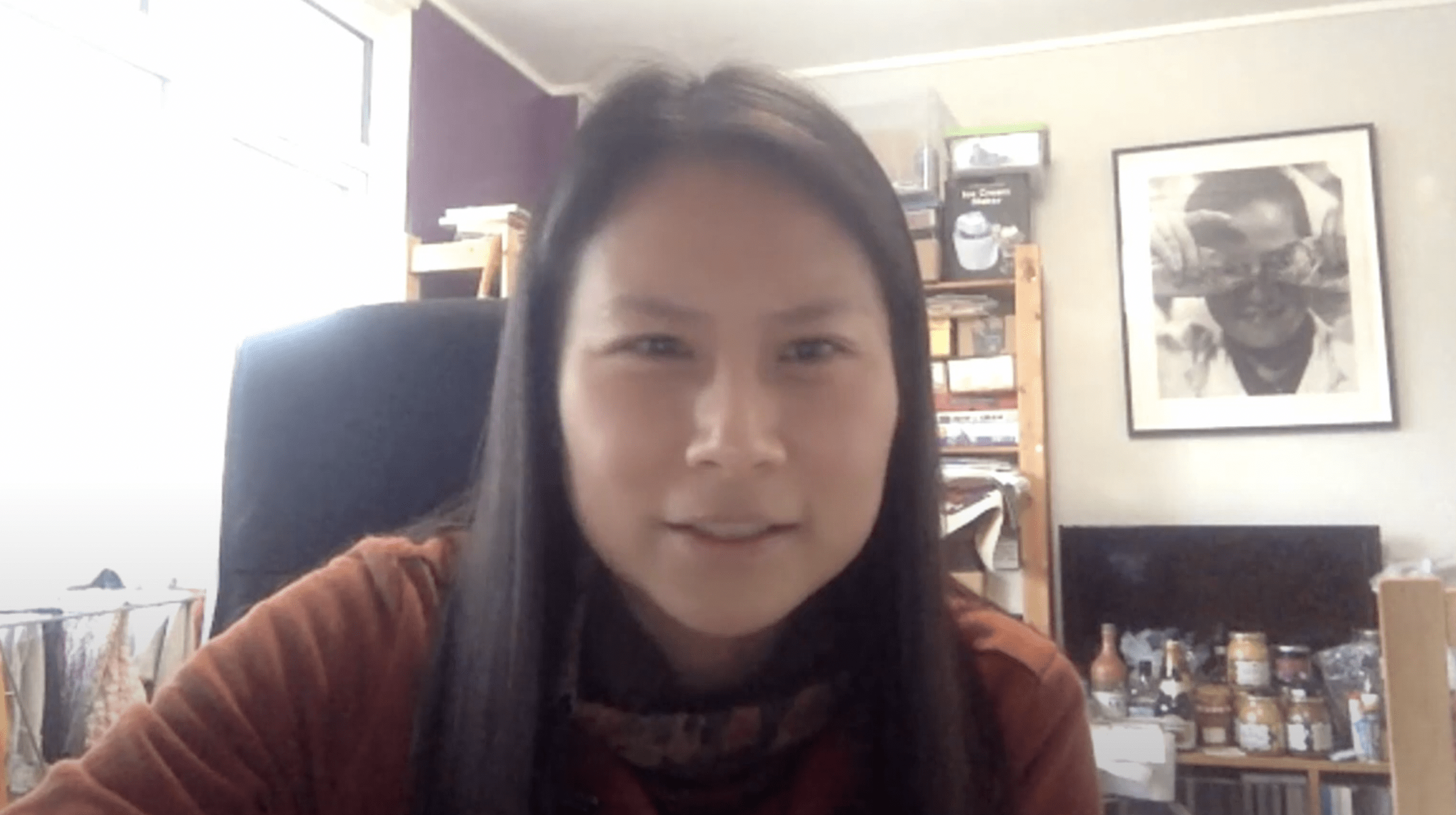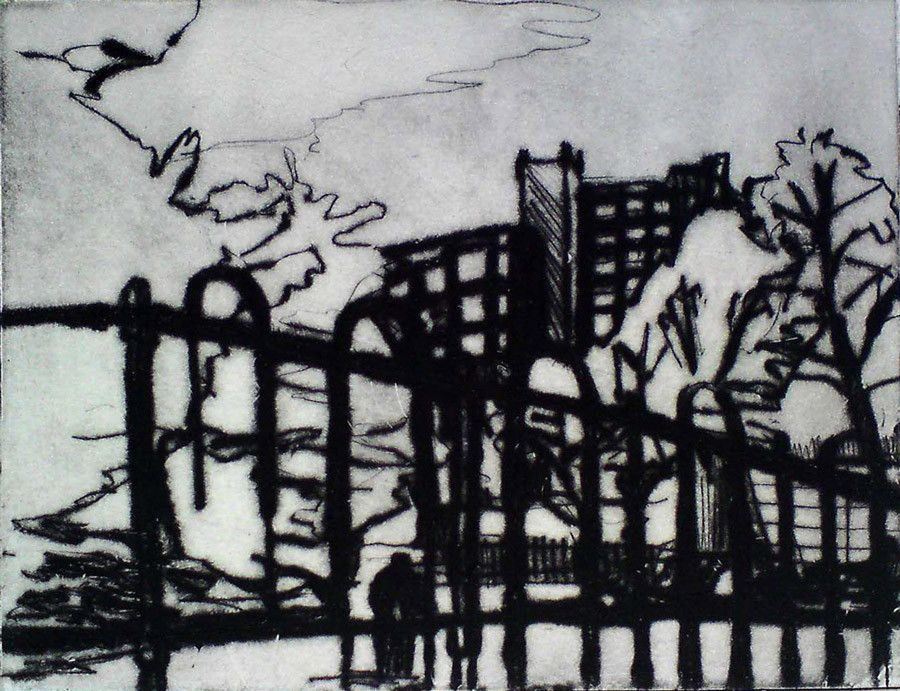 Dark, black aquatint applied over drawing made with sugar-lift technique.
Dark, black aquatint applied over drawing made with sugar-lift technique.
FEATURE
Aquatint
Fine resin dust is applied to the surface of the etching plate, then melted from underneath to melt and harden the dots of resin. When immersed in acid the plate ‘bites’ between the aquatint resin dots, creating a distribution of tiny holes on the plate which print as a tone.
TECHNIQUE
Aquatint
Fine resin dust is applied to the surface of the etching plate, then melted from underneath to melt and harden the dots of resin. When immersed in acid the plate ‘bites’ between the aquatint resin dots, creating a distribution of tiny holes on the plate which print as a tone.


Different tones are achieved by ‘stopping out’ areas of the plate and biting for further time. It is possible to etch a range of tones across the plate from grey to black.
Coarse aquatint uses larger resin lumps to make a more textured speckled aquatint.
Spit bite, sugar lift and white ground techniques are all used together with aquatint.
more printmaking techniques
Soft ground
Soft ground was invented in the latter half of the eighteenth century as a means of reproducing the grainy qualities of chalk work. It was first used in England by Gainsborough and artists of the Norwich School.
More Features
All featuresArtist talk: SooMin Leong
In this video presentation, SooMin discusses her practice, the importance of landscape in her images and how walking can change how we experience the world.
Artist talk: Michelle Avison
From her inspirations to struggling to find a place to draw, Michelle takes us through a chronological history of her work, and how she learned to embrace the practice of looking in this video presentation.






